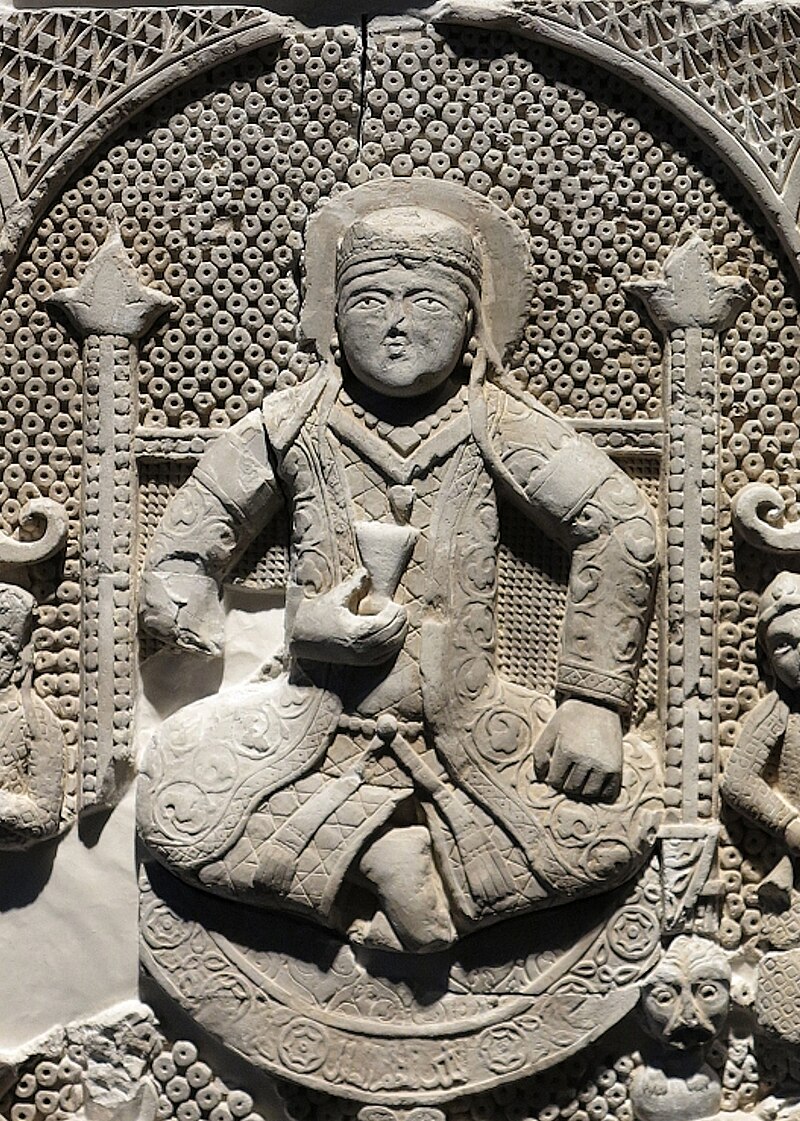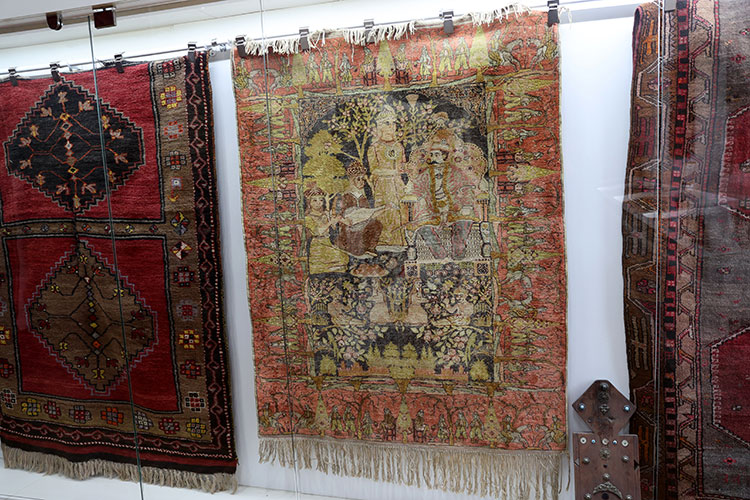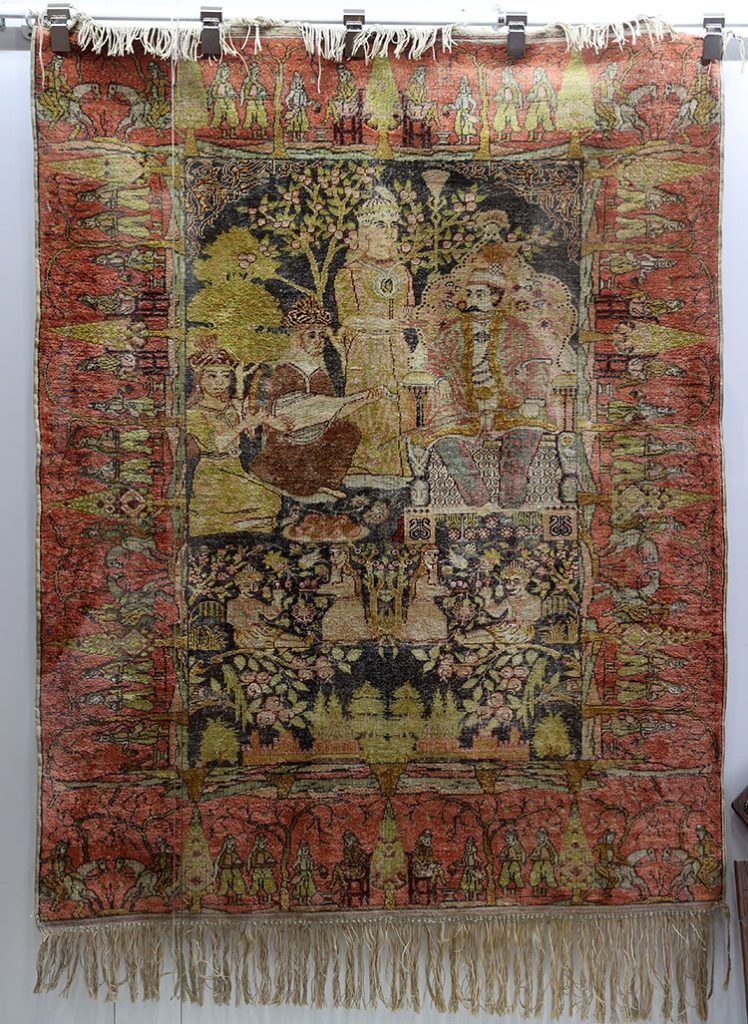
A 1000-year-old Seljuk rug is being exhibited at the Sivas Museum
A special section has been created at the Sivas Atatürk Congress Museum, where 62 historical rugs are being exhibited. Among the works is a historical rug from the Seljuk period, which is estimated to be 1000 years old, and it is attracting the attention of visitors.
The Seljuks were a dynasty of Oghuz Turks who established a great empire in Central Asia, Anatolia and the Middle East from the 11th to the 13th century.
They played an important role in the Turkification and Islamization of Anatolia.
In the 13th century, weakened by the Mongol invasion, the Seljuks withdrew from the stage of history.

Ilker Deveci, director of the Atatürk Congress Museum, told AA correspondent:
“We currently have a Seljuk rug in our exhibition room that is approximately 1000 years old. From the figures and motifs on the rug, we can understand that it depicts either the enthronement of a sultan or an important event involving one of the prominent figures of the period.”
Deveci stated that this rug is the oldest among the rugs exhibited in the museum and added:

“All Sivas rugs are made of wool and are dyed with natural dyes. The patterns used are mainly Iranian-inspired and feature plant motifs. Sivas rugs primarily emphasize maroon and blue colors. Geometric shapes are also given more importance. Plant and animal-figured rugs are rare in Sivas rugs.”
Deveci stated that the number of wefts and warps per square centimeter in a Sivas rug is 60×60. He added, “When you look at it with a magnifying glass called a ‘lup’, you can see that there are 60 warps and 60 wefts per square centimeter. The Sivas rug has similar characteristics to the Pazyryk rug, which is known as the first rug in the world.”

“During the Sivas Congress, the walls of the congress hall were covered with rugs for both sound insulation and visual purposes. Here, we are also exhibiting some of these rugs for our visitors to admire. Our newly created room is receiving a lot of attention from visitors. Our inventory records and expert examinations show that the threads have a certain age. Just as the age of trees can be determined by their branches, the age of rugs can be determined by examining their weaves and threads.”
Cover Photo: Serhat Zafer/AA
You may also like
- A 1700-year-old statue of Pan unearthed during the excavations at Polyeuktos in İstanbul
- The granary was found in the ancient city of Sebaste, founded by the first Roman emperor Augustus
- Donalar Kale Kapı Rock Tomb or Donalar Rock Tomb
- Theater emerges as works continue in ancient city of Perinthos
- Urartian King Argishti’s bronze shield revealed the name of an unknown country
- The religious center of Lycia, the ancient city of Letoon
- Who were the Luwians?
- A new study brings a fresh perspective on the Anatolian origin of the Indo-European languages
- Perhaps the oldest thermal treatment center in the world, which has been in continuous use for 2000 years -Basilica Therma Roman Bath or King’s Daughter-
- The largest synagogue of the ancient world, located in the ancient city of Sardis, is being restored











Leave a Reply